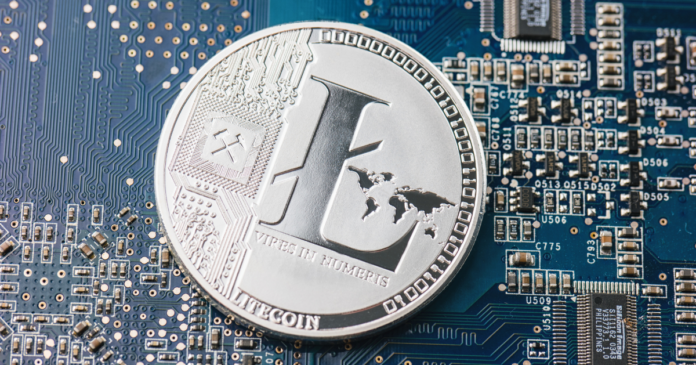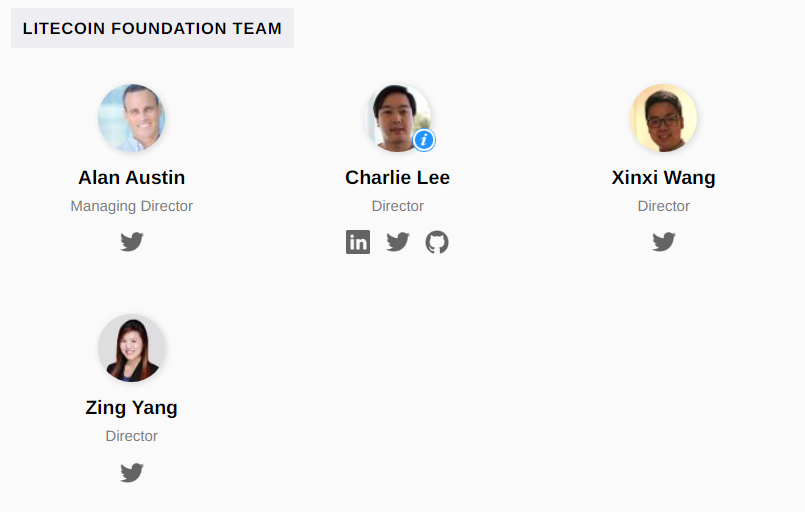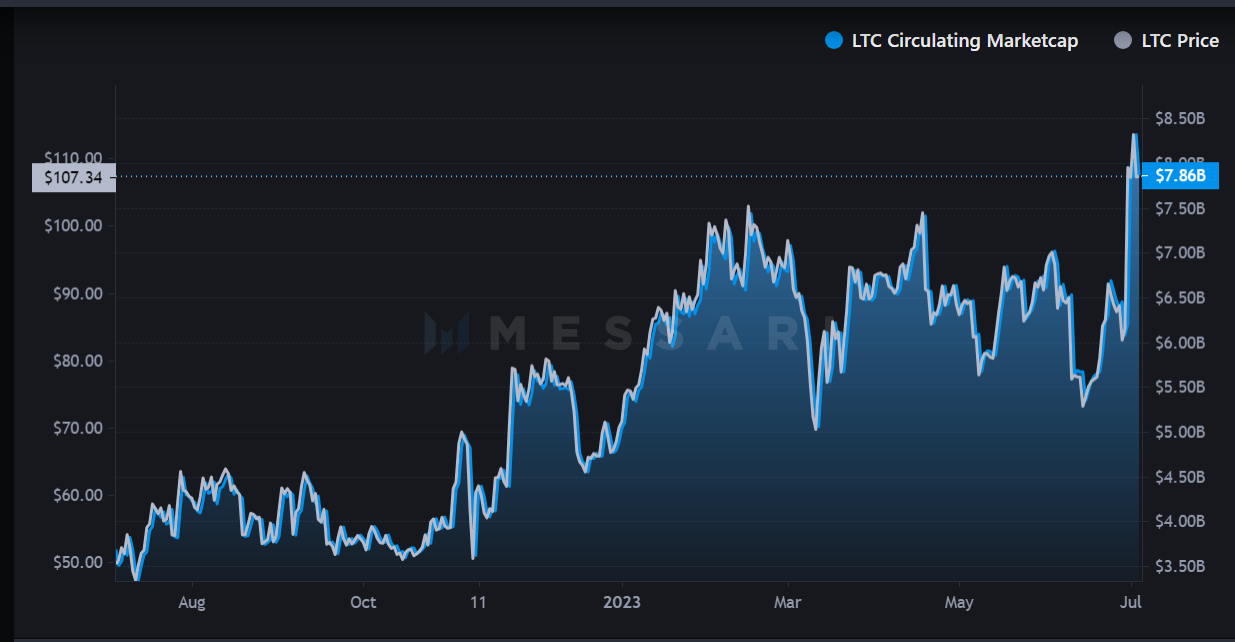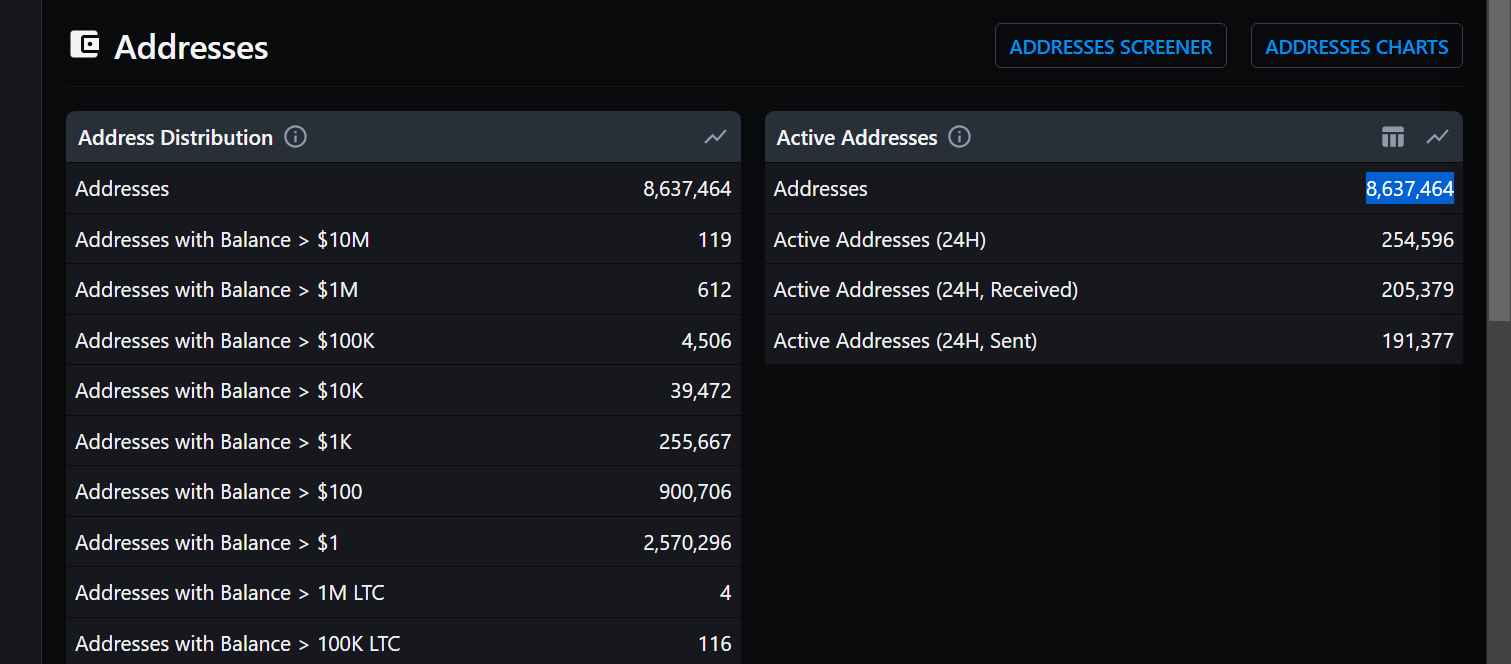The Litecoin project was developed by computer scientist Charles Lee and other members of the Bitcoin community. The project was launched to address some of the perceived shortcomings of the Bitcoin blockchain.
Litecoin (LTC) is a peer-to-peer cryptocurrency. It seeks to enable fast transactions at low rates. Litecoin differs from Bitcoin in several areas. For example, in Litecoin’s Proof-of-Work consensus, the algorithm is based on Scrypt instead of SHA-256d.
Additionally, Litecoin has a total supply of 84 million and a target block time of 2.5 minutes. Furthermore, Litecoin has a target block time of 2.5 minutes. Lee believed faster block confirmations would boost transaction throughput and shorten the wait time for block confirmations. Also, Lee thought capping the supply at 84 million would also keep LTC from becoming overly rare and costly.
How to Analyze a Crypto Project Properly
We are most likely at the final stage of the bear market. So, now’s the perfect time to identify and select your preferred projects. There are two major metrics to explore when picking a project:
- Technical analysis
- Fundamental analysis
The technical analysis explores patterns in market data to predict future market trends and how a project will perform. And fundamental analysis explores a project’s financials, real-world utility, user community, team, etc.
This article is a fundamental analysis of the Litecoin project.
Did you know that almost 13% of all @litecoin in circulation hasn’t moved in over 5 years? To put that into perspective, the average holding time of $LTC is 2.1 years. What do you think: Unwavering confidence or lost coins?
Dive Deeper:📖https://t.co/DPNKnok91M pic.twitter.com/7cvYFkG5yl— IntoTheBlock (@intotheblock) July 4, 2023
Overview of the Litecoin Whitepaper
Litecoin emerged as an open-source client on GitHub on October 7, 2011. It was one of the first hard forks of the Bitcoin Core client. However, Litecoin has undergone some technical changes. For example, Litecoin confirms blocks of transactions every 2.5 minutes, while Bitcoin confirms blocks of transactions every 10 minutes. Litecoin also has a larger number of coins than Bitcoin. And uses a different hashing algorithm. Litecoin uses scrypt instead of SHA-256.
So, Litecoin became the first of the top 5 cryptos by market cap to adopt Segregated Witness in May 2017. The video below is a presentation detailing Litecoin’s technology.
Litecoin Team Members and Background
Charlie Lee created Litecoin in 2011. Lee was an MIT graduate and former Google engineer. He became interested in Bitcoin shortly after its launch and developed Litecoin during his free time while working with Google.
Lee is currently a crypto advocate and serves as the managing director of the Litecoin Foundation, a non-profit group that collaborates with the Litecoin Core Development Team to improve Litecoin.
Source: Litecoin Foundation
Along with Lee, the Litecoin Foundation’s board of directors also consists of three other prominent individuals: Xinxi Wang, Alan Austin, and Zing Yang.
Litecoin Tokenomics
Litecoin (LTC) uses the proof-of-work (PoW) distribution method, similar to Bitcoin. This means that creating new coins relies on mining activities. So, Litecoin doesn’t award new tokens via airdrops or liquidity incentives. The development team and founders do not receive any tokens. Let’s look at the numbers at the time of writing this article:
- Circulating supply: 73,293,783 LTC
- Maximum supply: 84,000,000 LTC
- LTC price: $104.90
- Market cap: $7.6 billion
- Fully diluted market cap: $8,978,700,620
- ATH: $410.14
- ATH Date: May 10th, 2021
Source: Coingecko
Like Bitcoin, Litecoin goes through a halving process that happens roughly every 840,000 blocks, or every four years. Once a halving takes place, the block reward is reduced in half, and mining becomes more difficult. There have already been two halves of Litecoin. The next is scheduled to take place on August 3, 2023, bringing the LTC mining reward rate down to 6.25 LTC.
In general, the halving process has a significant effect on LTC tokenomics. It has an impact on LTC supply, inflation, and value.
PONER
@litecoin Price Surges 20% In A Week 📈💯 – Can $LTC Bulls Keep Up The Pace Ahead Of Halving 🎯⁉️ Tell is in the comments ⬇️
🔔 Follow @CoinGapeMedia and don’t miss a beat in the #cryptomarket 🗞️ #Litecoin #CryptoCommunity #cryptotrading pic.twitter.com/Qokrl3BnK9
— Crypto News (CoinGape) (@CoinGapeMedia) July 5, 2023
Use cases: Litecoin serves different purposes. It can be used as a medium of exchange. Some also use it as a store of value.
Competitors
Litecoin faces fierce competition from other blockchain projects, such as:
- Bitcoin
- Ethereum
- NEO
- Monero.
We consider them as competitors because they have in common their proof of work consensus mechanics.
Active Addresses
As of Tuesday, July 4th, the number of active addresses on the Litecoin network was approximately 254,596. Litecoin has a total of 8,637,464 addresses. The number of active addresses varies from time to time. Several factors affect this metric, including adoption and general network activity.
That’s it for our fundamental analysis of the Litecoin (LTC) network.
⬆️ For more cryptocurrency news, check out the Altcoin Buzz YouTube channel.
⬆️ Our popular Altcoin Buzz Access group generates tons of alpha for our subscribers. And for a limited time, it’s Free. Click the link and join the conversation today.































